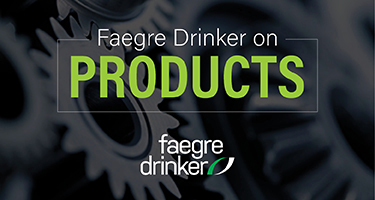Catch up on the latest developments of interest for product manufacturers. Here’s a quarterly compilation of the most popular blog posts on Faegre Drinker on Products.
Michigan Repeals Pharma Immunity Provision
By Jacqueline E. McDonnell
Michigan recently signed into law a repeal of the immunity provision under its Product Liability Act, presenting a new litigation risk in Michigan for pharmaceutical companies. The provision had granted near-complete immunity to pharma for the past 30 years, as the only of its kind nationwide. Michigan’s new law — Senate Bill 410 — removes this immunity, leaving intact a rebuttable presumption of nonliability and caps on noneconomic damages.
Pennsylvania Stays in a Minority of Two States in Prohibiting Evidence of Compliance With Government and Industry Standards in Product Liability Design Defect Cases
By David F. Abernethy
Just before Christmas, the Pennsylvania Supreme Court delivered a lump of coal to product liability defendants: Sullivan v. Werner Co., 2023 WL 8859656 (Pa. Dec. 22, 2023), affirming a lower court ruling that barred evidence of a product manufacturer’s compliance with government and industry standards in a strict liability design-defect case. The lower courts held that such evidence goes to due care and is relevant only to negligence, not strict liability. The affirmance appears to support the exclusion of such evidence in design-defect cases based on a risk-utility theory, but leaves uncertainty for the future because only three justices joined the principal opinion; a fourth justice concurred with the result but concluded the record was inadequate to resolve the legal issue, while two others dissented.
EPA’s Final EtO Rule Has Landed: What Now?
By Adrienne Franco Busby
The U.S. Environmental Protection Agency recently released their long-awaited final rule regulating ethylene oxide (EtO) emissions from commercial sterilizers. The final rule comes after five years of development, over 1,000 comments, and with estimated compliance costs for industry of up to $900 million.

